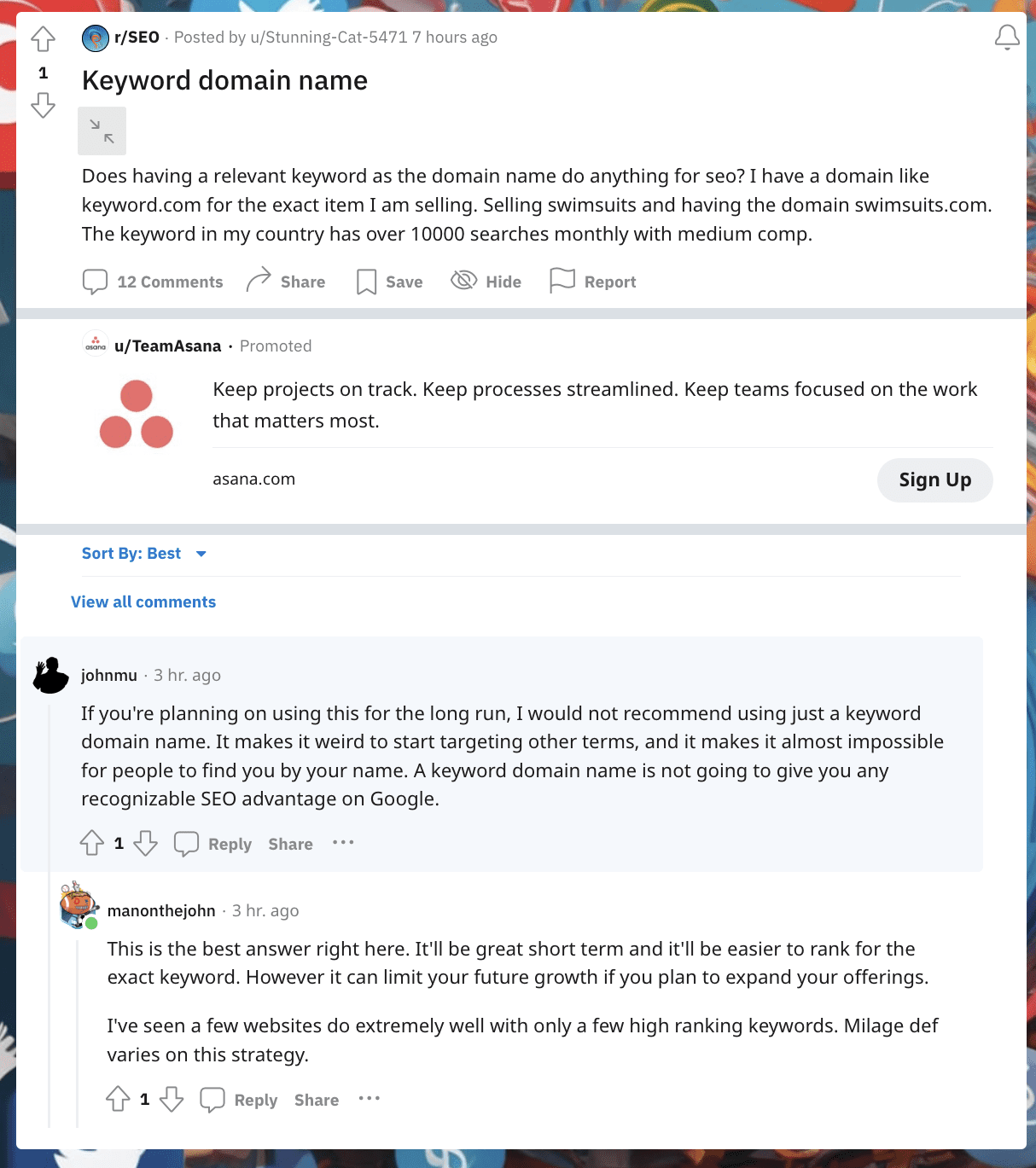Google: It’s Easy To Mess Up A Site Revamp via @sejournal, @martinibuster

Google’s John Mueller answered a question about the SEO effects from making user interface (UI) and user experience (UX) changes to a website, advising that it’s better to plan in advance because it takes longer to fix problems if the changes break the SEO.
User Interface (UI) And User Experience (UX)
The UI and UX are major elements of a website that affect how easy it is for site visitors to accomplish what they are there for, ultimately affecting user satisfaction.
User Interface elements affect how site visitors interact with a website such as navigational, input forms, and informational icons.
User experience elements are a wider range of considerations that relate to accessibility, consistency in design, mobile responsiveness, readability, site speed, usability, and many other elements that in a well considered design have a positive impact on user satisfaction.
This can affect SEO ranking from technical issues related to how Google crawls the page to on-page ranking considerations such as how content is displayed and consequently understood on a webpage.
Making sitewide changes to the UI and UX changes, in addition to adding new webpages, is a major undertaking and should not be considered lightly.
Google Office Hours Site Changes
Google’s John Mueller read the submitted question:
“Anjaney asks: We’re preparing to launch a new website design for my company, involving UI/UX improvements and new pages.
Is it better to change the page design one at a time?”
Mueller answered:
“One complexity is that a relaunch can mean so many different things, from just shifting a website to a new server and leaving everything else the same, to changing domain names and all of the content as well.
First, you need to be absolutely clear what’s changing on the website.
Ideally map out all changes in a document, and annotate which ones might have SEO implications.
If you’re changing URLs, we have some great guidance on handling site migrations in our documentation.
If you’re changing the content or the UI, of course that will affect SEO too.
If you’re unsure about the effects, I’d strongly recommend getting help from someone more experienced – it’s easy to mess up a bigger revamp or migration in terms of SEO, if it’s done without proper preparation.
Even with everything done properly, I get nervous when I see them being done.
Fixing a broken migration will take much more time and effort than preparing well. In any case, good luck!”
Plan Before Making Changes
As Mueller recommends, it’s wise to create a plan for how the changes will roll out. Of particular importance is to document the state of the website before any changes are made, create a backup and use a staging environment.
1 – Crawl The Website
An important thing to do prior to making major changes to a website is to crawl it with an app like Screaming Frog. Crawl the website in the original form and then crawl the updated version (preferably before it goes live).
The crawl data can be used to identify a range of possible issues that can be fixed before the site goes live.
Things that can be checked:
- Spot missing pages
- Catch misconfigured links
- Missing meta and title elements
- Review changes to linking patterns
- Catch 404 errors
- Check that 301 redirects are in place and properly functioning pages
2 – Create A Backup Of The Website
Always have multiple backups of a website. There are so many things that can go wrong with a website backup. I’ve learned the hard way to have multiple redundant backups.
For example, a consultant who was working on my server downloaded the images using the wrong transfer type, corrupting hundreds of thousands of images. Fortunately, I had backups on my desktop and duplicate backups on the server itself, so the images could be recovered.
I have over 20 years of experience managing my own websites and dealing with client websites. The value of making multiple backups, including backups of backups stored on separate media, cannot be overstated.
3 – Stage The Website
It’s a best practice to stage the new website so that any changes can be reviewed before they make it to the live server.
The live version of a site is referred to as the production environment and the non-live duplicate version is called the staging environment.
Website staging refers to the best practice of creating a duplicate version of a website (also known as a “staging environment”).
Ideally the staging environment is on a separate server or at least on a separate location on the server so that there is no chance of changes on the staging environment accidentally making it to the live (production environment).
The staging environment is used for development and quality assurance testing before changes are implemented on the live website. The main goal of staging a website staging is to identify and fix issues, technical bugs, or errors before they are carried over to the live version of the website (the production environment).
More Website Migration Resources
Managing Successful SEO Migrations
Enterprise-level Site Migrations
Essential Steps For A Seamless Website Migration
Mistakes To Avoid With Site Migrations
Featured Image by Shutterstock/Roman Samborskyi










